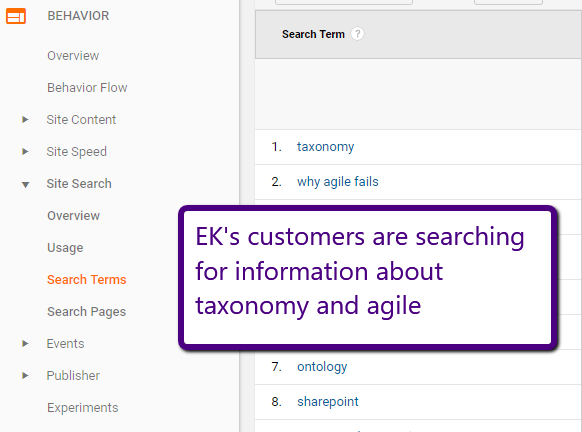Recently the term “customer intimacy” has exploded upon the digital landscape. Companies, corporations, and other entities have been exploring ways to better understand just who their actual customers are and how they can better relate to them.
Customer Intimacy: The capability to build a deep, multi-level relationship with your digital customers, stakeholders, and consumers of your online assets.
The goal of customer intimacy is to obtain insights into customer behaviors and address their current needs, while at the same time moving them towards what you anticipate their needs will be in the future. In short, it entails knowing who your customers are and determining if they are the audience you are trying to target.
Understanding Your Customer: Demographics and Interests
In order to understand your customer, you must start by identifying some basic demographic information on who is using your digital assets, including:
- What age and gender are the average visitors to your site?
- Where are they coming from geographically?
In the administration section of Google Analytics under “Property > Property Settings” is a switch that says “Enable Demographics and Interest Reports.” If this is not turned on in your deployment of Google Analytics, it should be. You can view this captured demographic data under Audience > Demographics, and Audience > Interest. In the Google Analytics reporting area under Audience > Geo is an entire set of reports that tells you where your customers reside geographically, and what language their browser was set to when they visited your site.
This setting will allow Google Analytics to start collecting basic data about your visitors such as age, gender, and interests, which can help determine if you are reaching your desired audience. For example, if your website is trying to target 18 – 25-year-old males who like surfing, but the vast majority of individuals visiting your site are females aged 35 – 45 who like making candles, then you may have missed your target audience, or stumbled upon a new audience. In short, leveraging this information will provide you with critical information to better ensure that you’re reaching your desired audience.
Understanding Your Customer: Search Reports
In addition to understanding basic demographics, you should understand what your customers search for on your site (and how they search for it). Google Analytics can help you find out:
- What devices they use to visit your website;
- What they are searching for once at your website; and
- What they searched for that brought them to your website in the first place.
Google Analytics also has a reporting section dedicated to how you acquired visitors. The reporting section labeled Acquisition can give you insights to how your visitors arrived at your website:
- Did they follow a link from somewhere (referral)?
- Did they perform a Google search (organic search)?
- Did they find you on social media (social)?
- Or, did they type your URL into their browser (direct)?
- And, when do customers visit your site (time of day, and/or day of the week)?
Note: Time of day and day of week is important for planning marketing campaigns and for performing updates to your web site.
After you review the Acquisition data about how users found your site, you can focus in on their search behavior once they are already there. In the Behavior > Site Search section of Google Analytics, you will find reports which tell you what your customers were searching for once they arrived at your website and which pages they were on when they conducted a search. This information can be used to help properly tag your content for better discoverability, or to promote content up in the hierarchy if user demand is high but content is buried.

If you want even more data, enabling Google’s Search Console will afford you information on what visitors to your site searched on in the Google search engine and which device they used to perform the search. Search Console also provides valuable data such as the number of impressions, click through rate, and the average position of your content in search results.
Summary
When you look at all this data together you are well on your way to understanding who your customers are, how they found your website, and what they searched for once they got there. You can also understand the basic gender and age make-up of your customer base, as well as some basic insights into their interests. These are the first steps in gaining a better understanding of your customers, and becoming more in tune with them. Need help understanding your customers? EK can help.
